6 Inches: Common Items That Are 6 Inches Long
Have you ever found yourself in a situation where you need to measure 6 inches, but you don’t have a ruler or tape measure on hand?
It can be frustrating to not have the necessary tools, but fear not – there are many common items that are exactly 6 inches long that you can use as a makeshift ruler.
In this article, we will explore some of these items and how you can use them to measure objects accurately.
Did you know: 6 inches is equal to 15.24 centimeters, 152.4 millimeters, 0.1524 meters, 0.000094697 miles, 0.0001524 kilometers, 0.5 feet, and 0.1667 yards.
Knowing these conversions can come in handy when measuring items or planning projects.
This article covers:
Why 6 Inches?
Before we dive into the list of common items, you might be wondering why we are focusing specifically on items that are 6 inches long.
6 inches is a common measurement in many industries, including construction, woodworking, and engineering. It is also the length of a standard US dollar bill.
Knowing some common items that are exactly 6 inches long can be helpful in a variety of situations, from DIY projects to measuring ingredients in the kitchen.
List of Common Items
Here are some items that you likely have around your home or workspace that are exactly 6 inches long:
1. Credit Card
Did you know that you can use your credit card as a makeshift ruler?
Most credit cards are approximately 3.37 inches by 2.125 inches, which means that two stacked on top of each other are exactly 6.74 inches long.
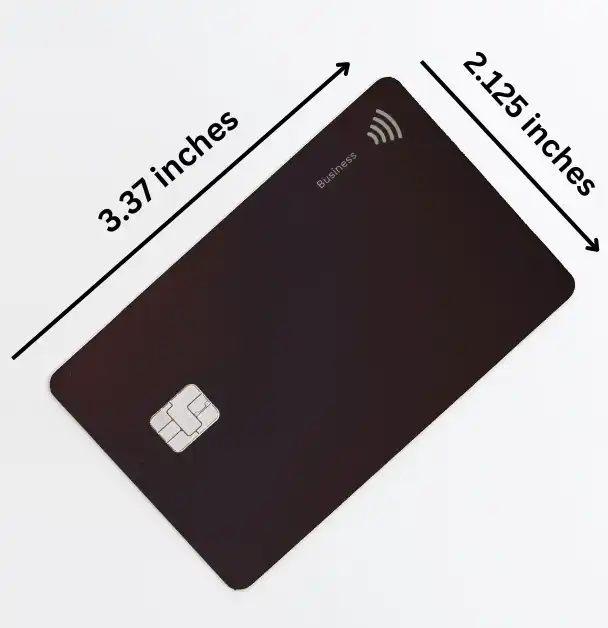
But, if you only need a 6 inch ruler, you can simply cut one of your credit cards in half lengthwise, and voila, you have a makeshift ruler that is exactly 6 inches long.
This trick is perfect for those times when you need to measure something quickly but don’t have a ruler on hand.
And let’s be honest, we all have our credit cards with us most of the time. So, why not put them to good use in a pinch?
Of course, it’s important to note that cutting up your credit card will render it unusable as a payment method.
So, if you plan on using this trick, make sure you’re using an old or expired card that you no longer need.
2. Sticky Notes
Sticky notes are a lifesaver when it comes to jotting down quick reminders or notes. But did you know that they can also be used as makeshift rulers?
That’s right! Standard 3-inch by 3-inch sticky notes can be lined up side by side to create a 6-inch ruler.

To make a 6-inch ruler using sticky notes, all you have to do is line up two of them side by side.
If you have larger or smaller sticky notes, you can still use them to make a ruler, as long as you adjust the number you use accordingly.
For example, if you have 2-inch by 2-inch sticky notes, you’ll need to use three of them to create a 6-inch ruler.
Using sticky notes as rulers is not only a quick and easy solution, but it’s also perfect for when you’re on the go or don’t have a traditional ruler nearby.
Plus, you can easily write notes or reminders on them as you’re measuring, making them a multitasking tool.
3. Pen or Pencil
Did you know that your everyday writing tools can double as a ruler?
That’s right – a standard pen or pencil is typically around 6 inches long, making it an ideal makeshift measuring tool.
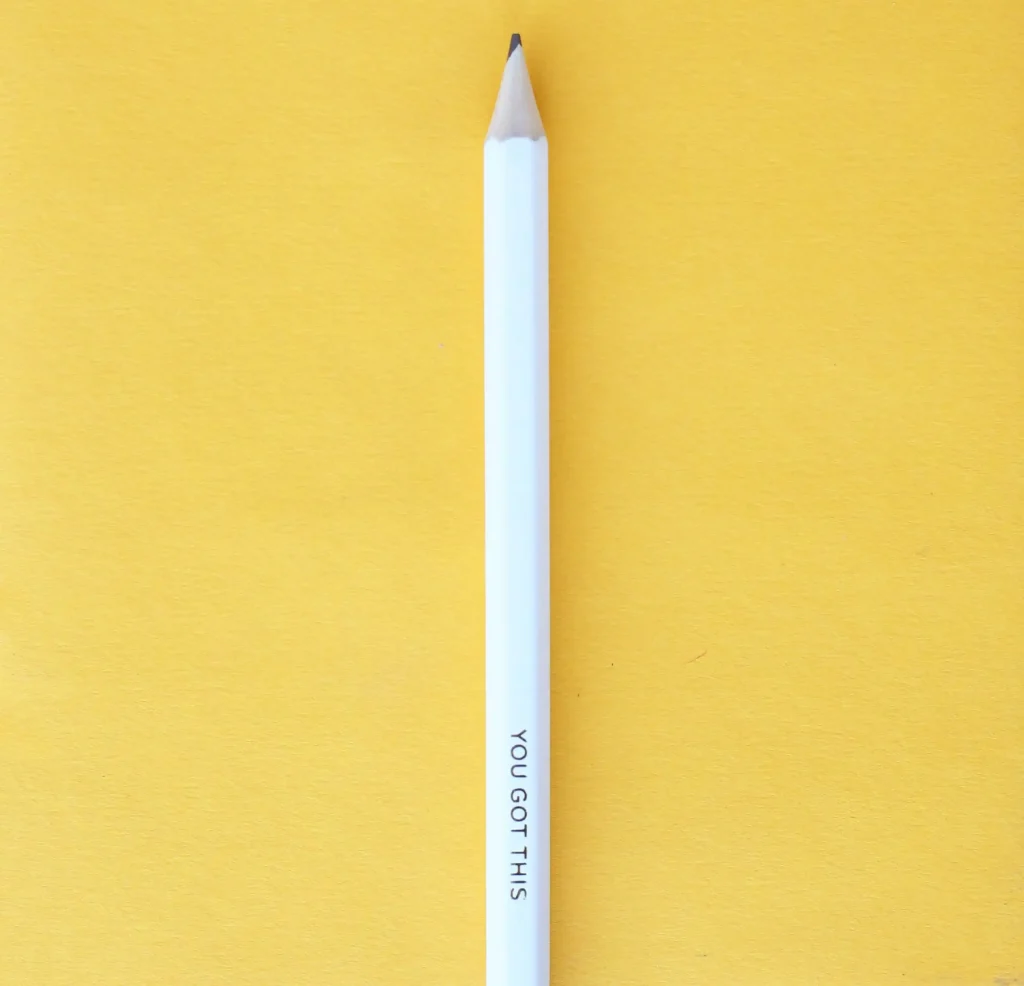
But before you go using your trusty pen or pencil as a ruler, it’s important to use it correctly.
To ensure an accurate measurement, it’s crucial to use the straight edge of the pen or pencil.
This means holding it up against the item you want to measure, with the tip of the writing instrument facing away from you.
Using the tip of the pen or pencil to measure may not give you the most precise result, as the size and shape of the tip can vary.
So, it’s best to stick with the straight edge to get the most accurate measurement possible.
4. Dollar Bill
Did you know that a US dollar bill is actually slightly longer than six inches? In fact, it measures 6.14 inches long.
However, don’t let that extra 0.14 inches discourage you from using it as a makeshift ruler in a pinch!
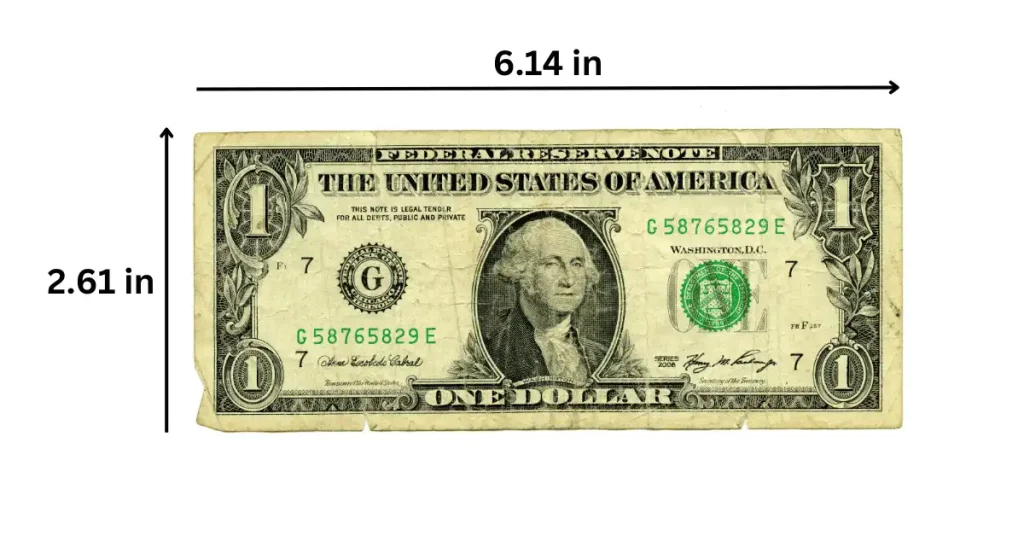
Using a dollar bill to measure something is a great hack when you don’t have any actual measuring tools on hand.
To use it as a six-inch measurement, simply fold the bill in half. The length of the bill is then halved, giving you an accurate six-inch measurement.
5. Standard Envelope
If you find yourself in need of a makeshift ruler and happen to have a standard business envelope nearby, you’re in luck!
While the envelope itself is not exactly 6 inches long, the folded flap that tucks into the envelope is.
All you need to do is fold the flap over, making sure it’s straight, and use the edge to measure your object.
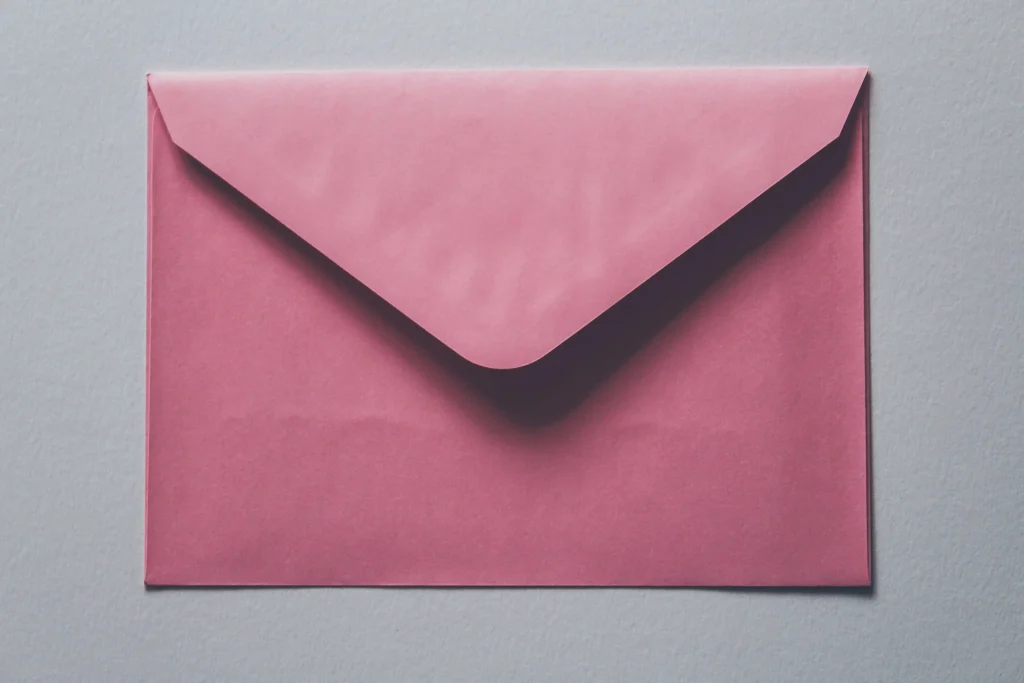
This is a great hack for those who frequently use envelopes and need a quick and easy measuring tool.
Plus, it’s a convenient way to repurpose something you might otherwise throw away!
6. Your Hand
Surprisingly, the distance from the tip of your thumb to the tip of your pinky when your hand is spread out can be approximately 6 inches.
Of course, this method may not be as precise as using a ruler or other measuring device, but it can certainly get the job done in a pinch.
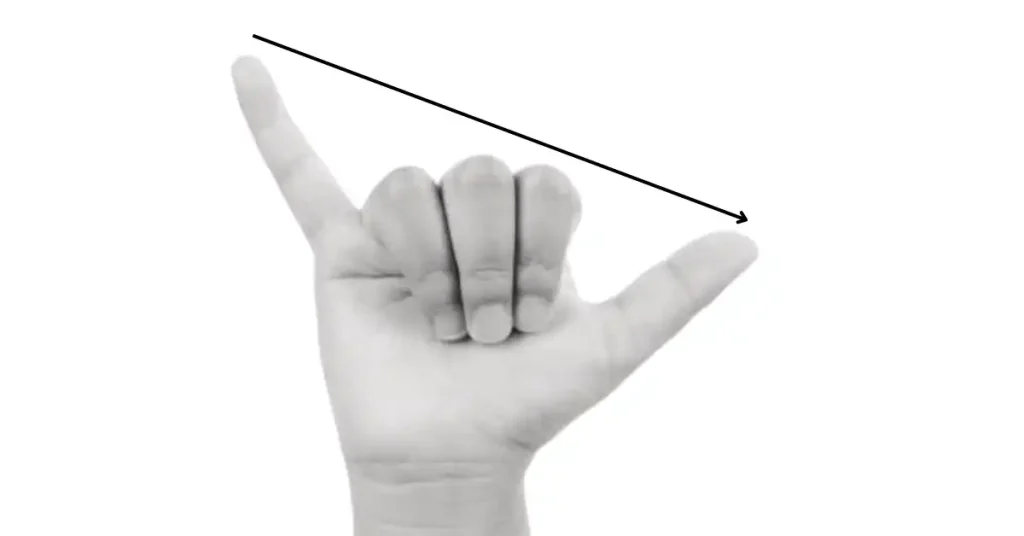
Just keep in mind that everyone’s hand size is different, so this method may not work for everyone.
However, it’s always worth a try before searching for another makeshift measuring tool.
6 inches to other measurement systems
| Measurement System | Formula |
|---|---|
| Millimeters | 6 in * 25.4 = 152.4 mm |
| Centimeters | 6 in * 2.54 = 15.24 cm |
| Meters | 6 in / 39.37 = 0.1524 m |
| Feet | 6 in / 12 = 0.5 ft |
These formulas can help you quickly convert 6 inches to other measurement systems.
Simply input 6 inches into the appropriate formula and perform the calculation to get the equivalent measurement.
Below is a table that shows the conversion of 1 to 10 inches to all other measurement systems in one table with an inches column:
| Inches | Millimeters | Centimeters | Meters | Feet | Yards |
|---|---|---|---|---|---|
| 1 Inches | 25.4 | 2.54 | 0.0254 | 0.083 | 0.0278 |
| 2 Inches | 50.8 | 5.08 | 0.0508 | 0.167 | 0.0556 |
| 3 Inches | 76.2 | 7.62 | 0.0762 | 0.25 | 0.0833 |
| 4 Inches | 101.6 | 10.16 | 0.1016 | 0.333 | 0.1111 |
| 5 Inches | 127 | 12.7 | 0.127 | 0.417 | 0.1389 |
| 6 Inches | 152.4 | 15.24 | 0.1524 | 0.5 | 0.1667 |
| 7 Inches | 177.8 | 17.78 | 0.1778 | 0.583 | 0.1944 |
| 8 Inches | 203.2 | 20.32 | 0.2032 | 0.667 | 0.2222 |
| 9 Inches | 228.6 | 22.86 | 0.2286 | 0.75 | 0.25 |
| 10 Inches | 254 | 25.4 | 0.254 | 0.833 | 0.2778 |
This table shows the conversion of inches from 1 to 10 (including the 6 inches) to millimeters, centimeters, meters, feet, and yards.
This table can be helpful if you need to convert a range of inches to multiple measurement systems at once.
It’s important to note that these values are approximate and may vary slightly depending on the specific context or unit of measurement being used.
Tips for Measuring Accurately
Now that you know some common items that are exactly 6 inches long, it’s important to know how to use them to measure accurately. Here are some tips to keep in mind:
1. Use a Straight Edge
Make sure that the item you are using as a ruler has a straight edge that you can line up with the object you are measuring. If the edge is curved or uneven, your measurement will be inaccurate.
2. Be Precise
When measuring, try to be as precise as possible. If you are using a makeshift ruler, you may not have markings for fractions of an inch, so estimate as accurately as you can.
3. Double-Check Your Measurements
If possible, double-check your measurements with another ruler or measuring tool to ensure accuracy.
Conclusion
In conclusion, not having a ruler or measuring tape on hand can be frustrating, but there are many common items that are exactly 6 inches long that you can use instead.
From credit cards to your own hand, these items can come in handy in a variety of situations.
Just remember to use a straight edge, be as precise as possible, and double-check your measurements if you can.
With these tips in mind, you’ll be able to measure objects accurately even without traditional measuring tools.
